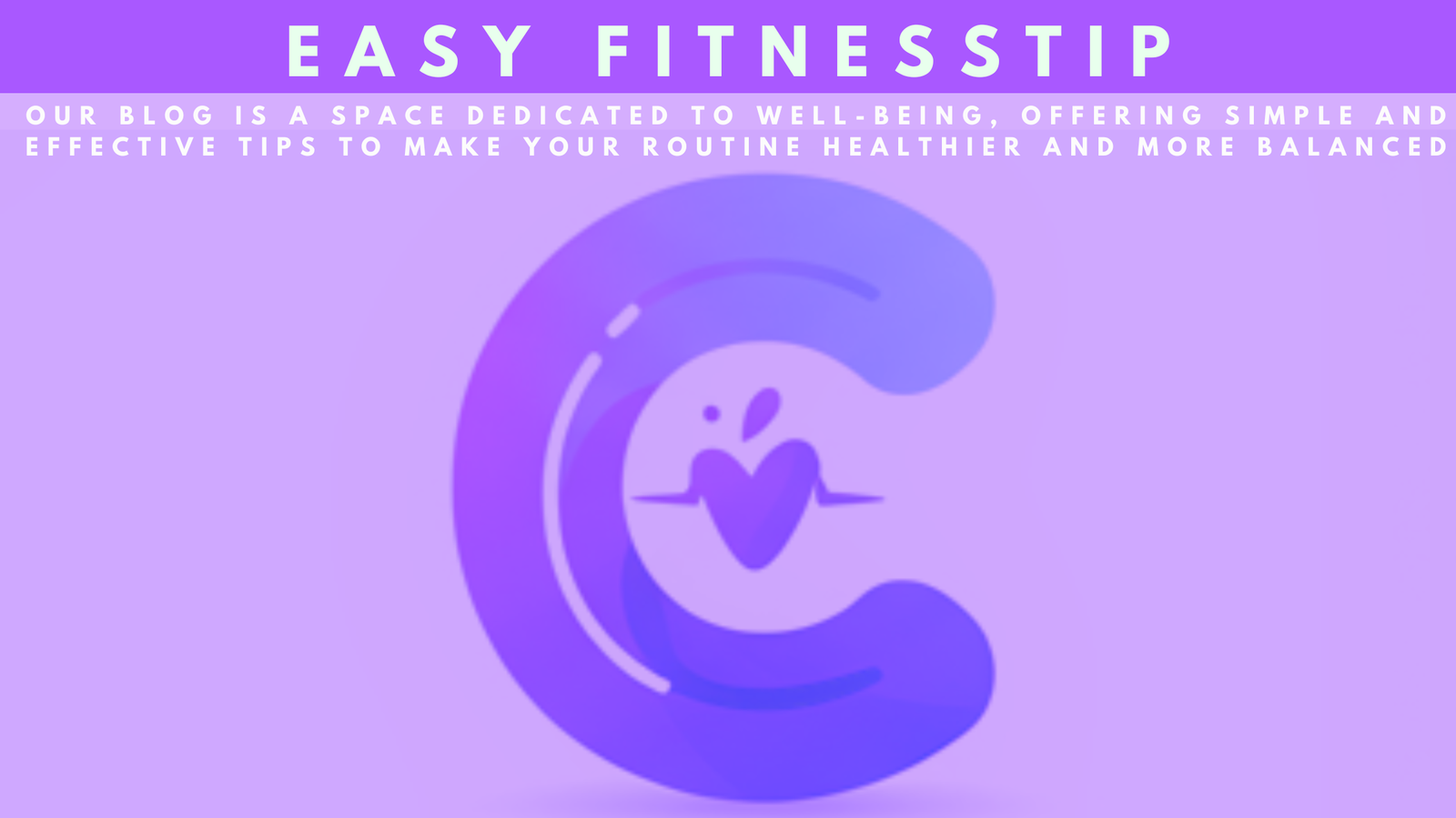
Ever feel like stress is stealing your focus, leaving your mind foggy and your productivity lagging? You’re not alone. Chronic stress floods your brain with cortisol, impairing memory, hampering decision-making, and accelerating mental aging. But what if the antidote to a frazzled mind isn’t found in pills or apps, but rather in movement?
This article dives into the compelling science behind exercise for stress relief and various mental clarity fitness tips. Regular physical activity serves as an essential tool not just for physical health, but as a powerful method to de-stress with movement and enhance mental well-being. Research highlights that engaging in exercise leads to the release of endorphins, dopamine, and serotonin—neurotransmitters that uplift your mood and promote calmness.
Understanding the mechanisms behind how exercise can alleviate stress strengthens the case for incorporating movement into your daily routine.
Key Takeaways
- Chronic stress can degrade memory and decision-making abilities.
- Exercise plays a crucial role in reducing stress and enhancing mental clarity.
- Physical activity triggers the release of mood-enhancing neurotransmitters.
- Incorporating regular movement can improve overall well-being.
- Understanding the science behind exercise strengthens the case for its daily integration.
Understanding the Connection Between Exercise and Mental Health
Exercise is key for better mental health. It helps reduce stress and boosts brain power. When we exercise, our body releases endorphins, making us feel happy.
It also lowers cortisol, known as the stress hormone. This helps us feel less stressed and more focused.
The Dual Benefits of Exercise
Exercise is great for our mental health. It lowers anxiety and depression. People who exercise regularly feel happier and more resilient.
They also think more clearly. This makes them better at handling daily tasks.
Scientific Research Supporting Exercise for Mental Clarity
Studies show exercise improves brain function. It boosts BDNF, a protein for learning and memory. This makes our minds sharper.
Many people say regular exercise gives them lasting mental clarity. It’s a powerful tool for a sharper mind.
How Exercise Functions as an Anti-Stress Strategy
Physical activity is key for managing stress. It affects cortisol levels and helps us feel calmer. Regular exercise is a natural way to reduce anxiety through different body processes. Knowing how it works helps us use it as a top anti-anxiety tool.
Effects of Exercise on Cortisol Levels
Exercise directly affects cortisol, the stress hormone. Doing a cortisol-reducing exercise can lower cortisol levels. This protects us from stress’s harmful effects. Studies show both light and intense workouts help, making exercise crucial for stress control.
Endorphin Release and Stress Relief
Exercise releases endorphins, which make us feel happy and relaxed. This natural stress relief helps fight anxiety and mood swings. By exercising often, we balance cortisol and improve our mental health, leading to better overall well-being.

Different Types of Workouts for Mental Clarity
Knowing about different workouts can really help your mental clarity. Doing exercises that boost your brain is key. We’ll look at the best ways to keep your mind sharp and feel good.
Aerobic vs. Strength Training: Which Is Better?
Aerobic exercises like running and swimming boost your mood and brain power. They improve blood flow to the brain. This makes them great for mental clarity.
Strength training, like lifting weights, also helps your mind. It builds both physical and mental strength. It raises dopamine levels, which improves your mood and focus.
Mind-Body Exercises: Yoga and Tai Chi
Yoga and Tai Chi are special for your mind. They connect your body and mind, reducing stress. Yoga helps you relax and focus. Tai Chi improves your coordination and mental sharpness.
Adding these to your routine can greatly improve your mental health. Mixing aerobic, strength, and mind-body workouts is the best way to stay mentally clear.
Mindfulness and Movement: How to Integrate Them
Mixing mindfulness with physical activities boosts mental health. Mindfulness workouts improve fitness and connect the brain and body. Being present in exercise lowers stress and boosts satisfaction.
Simple steps can make any workout a mindful experience. This helps manage stress better.
Importance of Being Present During Exercise
Being in the moment during workouts increases awareness. This can lower stress levels. Focusing on body movements calms the mind.
A mindful workout environment improves both physical and emotional health. It turns any exercise into a mindfulness practice.
Techniques for Mindful Movement in Daily Life
Adding mindful movement to daily life is simple. Here are some tips:
- Focus on Breath: Pay attention to your breathing to stay grounded during workouts.
- Engage Senses: Notice the feelings of movement, sounds, and smells around you.
- Observe Thoughts: Recognize distractions without judgment, letting them go as you focus on your breath.

These methods turn everyday activities into stress management tools. Mindfulness makes every movement intentional. This improves both physical and mental health.
| Technique | Benefits |
|---|---|
| Focus on Breath | Enhances concentration and reduces anxiety. |
| Engage Senses | Increases awareness and promotes emotional connection. |
| Observe Thoughts | Encourages acceptance and reduces stress levels. |
Brain-Building Activities to Enhance Cognitive Function
Doing different brain-building activities boosts your thinking skills. These activities make your brain work harder, creating new connections and strengthening old ones. Mixing physical and mental tasks helps improve your brain’s performance.
Exercises that Promote Neuroplasticity
Neuroplasticity means your brain can change by making new connections. Activities that challenge your brain and get you moving are great. Here are some good ones:
- Dancing: Learning new dance moves improves your coordination and memory.
- Learning a musical instrument: Playing music works many parts of your brain.
- Puzzles and strategy games: They help you solve problems and think on your feet.
Brain-Boosting Activities Beyond Traditional Workouts
Adding brain-boosting exercises to your routine can really help your brain. While regular workouts are good for your health, other activities are even better. For example:
- Mindfulness meditation: It improves your focus and mental clarity.
- Artistic pursuits: Drawing, painting, or crafting boost your creativity and self-expression.
- Language learning: Learning a new language sharpens your memory and thinking skills.
Creating a Stress Relief Fitness Plan
Creating a stress relief fitness plan is key for better mental health. Daily micro-workouts help even when life gets busy. These short exercises improve mood and mental strength.
Incorporating Daily Micro-Workouts
Simple activities like a 10-minute walk or quick stretches are great. They help reduce stress and improve focus. Doing these regularly can make a big difference in your mental state.
Schedule and Consistency for Long-Term Benefits
Having a regular workout schedule is crucial. It shows how important exercise is for stress management. Setting aside time for workouts helps you stick to it and boosts motivation.
Conclusion
Exercise and mental health are closely linked. Adding physical activity to our daily lives is key. It helps lower stress hormones and boosts happy hormones, making us feel better.
Studies show that sticking to a workout routine sharpens our minds and calms us down. This is crucial for our mental health.
There are many workout options to fit everyone’s style and schedule. Aerobic exercises and yoga are great for the mind and body. Using a mood tracker can help track progress and stay motivated.
Being active is more than just staying fit. It builds emotional strength and mental clarity. By focusing on exercise and mindfulness, we create a space for peace and health.
References
- American Psychological Association. “Stress Effects on the Body.” https://www.apa.org/topics/stress/body
- Ratey, J. J., & Loehr, J. E. (2011). The Exercise Prescription for Depression and Anxiety. Harvard Medical School.
- Hillman, C. H., Erickson, K. I., & Kramer, A. F. (2008). “Exercise effects on brain and cognition.” Nature Reviews Neuroscience, 9(1), 58–65.
- Erickson, K. I., et al. (2011). “Exercise training increases size of hippocampus and improves memory.” Proceedings of the National Academy of Sciences, 108(7), 3017–3022.
- Ratey, J. J. (2008). Spark: The Revolutionary New Science of Exercise and the Brain. Little, Brown Spark.






